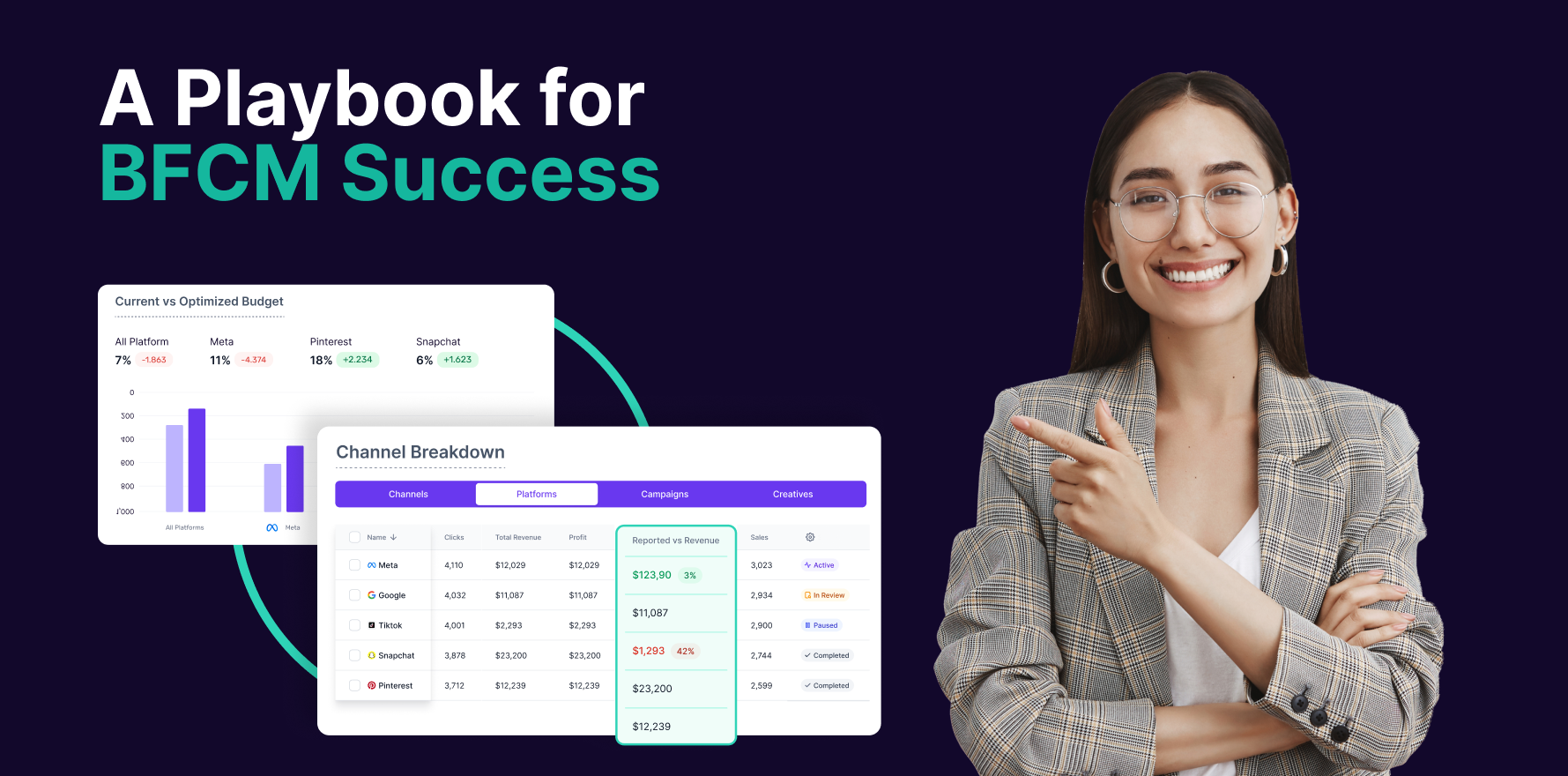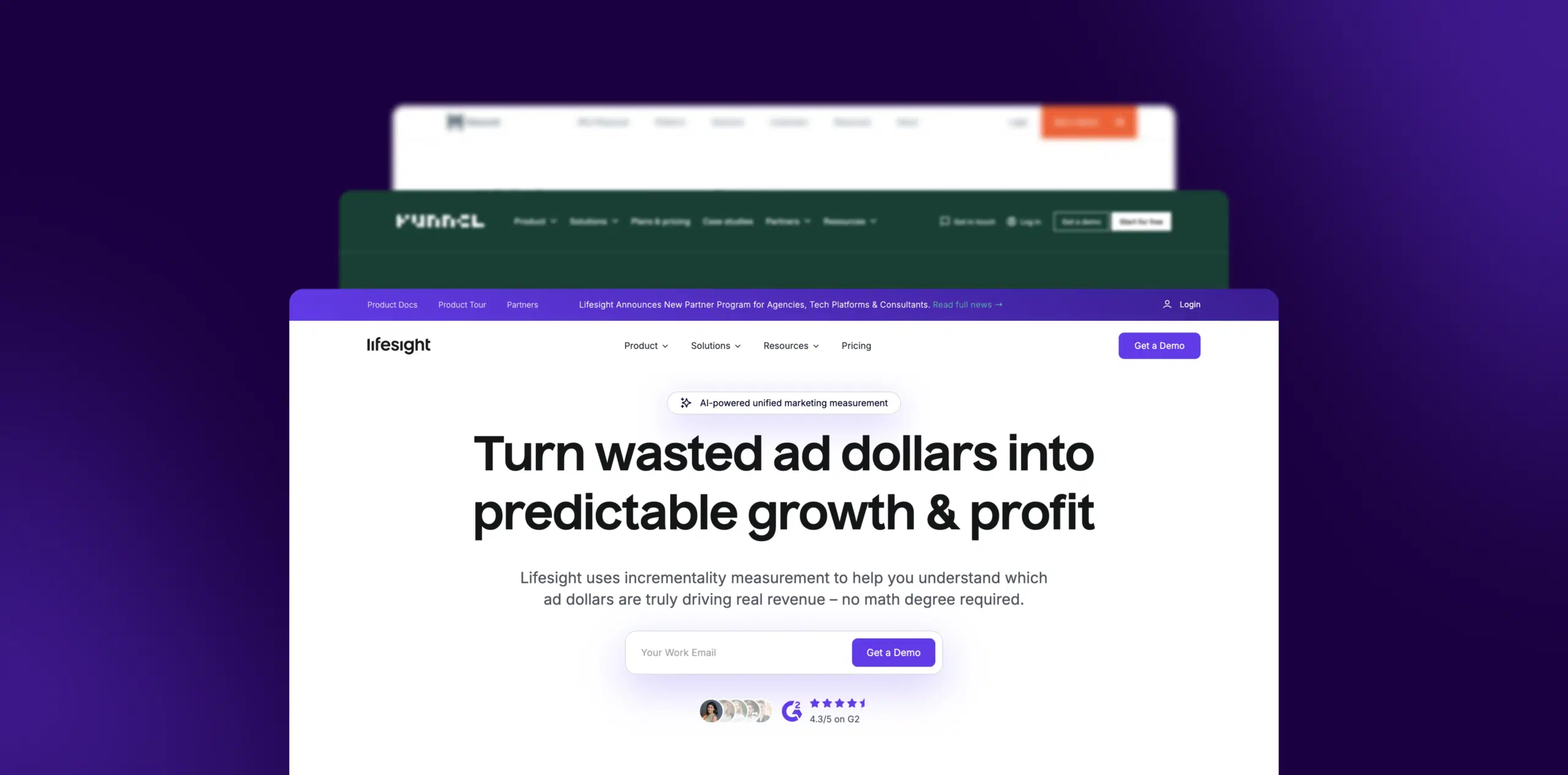What is Advertising Elasticity?
Advertising Elasticity represents how a percentage change in advertising expenditure influences the percentage change in sales or demand for a product. It’s a critical measure of how effectively an eCommerce business’s advertising efforts are translating into sales, serving as a key determinant of advertising ROI.
Formula
The formula for Advertising Elasticity is:
Advertising Elasticity = % change in Quantity Demanded / % change in Advertising Expenditure
Example
Consider the case of an eCommerce retailer who spends 15% more on advertising and subsequently observes a 3% increase in product sales. Here, the advertising elasticity would be 3/15 = 0.2.
Why is Advertising Elasticity important?
Advertising Elasticity is crucial because it enables eCommerce businesses to understand the effectiveness of their advertising expenditures. These insights can help in streamlining advertising strategies and focusing on the most impactful advertising channels. This can lead to optimizing costs and increasing return on investment (ROI).
Which factors impact Advertising Elasticity?
To improve advertising elasticity, an organization can fine-tune its marketing and advertising tactics, better target its audience, and conduct A/B testing to identify the most effective ads. Monitoring this metric, businesses can reallocate budget to channels with higher elasticity, thus boosting ROI.
How can Advertising Elasticity be improved?
Many factors can influence advertising elasticity, including the nature of the product, the competition level in the market, the quality and creativity of the ads, the channels used for advertising, and the saturation of ads in a particular market.
What is Advertising Elasticity’s relationship with other metrics?
- Advertising Elasticity is closely related to other important metrics, like conversion rates and customer acquisition cost (CAC). A high advertising elasticity can often lead to higher conversion rates and lower CAC.
- Moreover, it interacts with price elasticity, another critical ecommerce metric. If a business has high advertising elasticity and low price elasticity for a product, then increasing advertising spending can lead to substantial increases in sales without necessitating any decrease in price.
Free essential resources for success
Discover more from Lifesight






















































